The start of a new year, with its feeling of rebirth, is an obvious time to focus on creativity.
Most creative people are also entrepreneurs, in one way or another.
Even the greatest artists sold their paintings and their output is a good fit with capitalism, whose purpose is wealth creation.
The creative industries today contribute more than £5 billion to the Scottish economy.
They comprise more than 15,000 businesses employing in excess of 70,000 people, not counting freelancers and students.
In this column back in 2022 I mentioned that Aberdeenshire hosts 10 cultural festivals. I’m pretty sure that figure is now out of date, with so many new initiatives emerging.”
For policy purposes the Scottish Government has identified 16 distinct industries within the creative sector, ranging from computer games to crafts, architecture to fashion and textiles, and advertising to heritage, alongside 10 other categories.
Among the most important and innovative sectors is the computer games development industry, with 162 Scottish companies employing 2,338 permanent and full-time equivalent creative staff. Games development contributes around £350 million to Scotland’s economy.
Well-known developers in Aberdeen include Firefly Studios – creators of the Bafta-nominated Stronghold series – and Common Profyt Games, based at Aberdeen University, which is developing a game based on the city’s records of the plague.
Other innovative studios include Brilliant Skies – originally based in Glasgow but now firmly established in Aberdeen – and vK Games, a 2020 startup, specialising in video game and apps development.
There’s activity beyond the city too, such as Hunted Cow Games, based in Elgin for the past 20 years. It has attracted more than seven million players to its games, on PCs, Macs and mobile devices.
The creative industries are key economic drivers in the north-east. Banff-based Rachael Brown, co-founder in 2019 of the Creative Entrepreneurs Club (CEC), which already has nearly 4,000 members across Scotland, told The Press and Journal recently the region’s creative output is worth more than tourism, agriculture and fisheries combined.
🏰Stronghold: Definitive Edition is OUT NOW!🏰
⚔️https://t.co/ws56DXXG5K – 10% off 👈
Avoid the Winter chill, my liege, and Stronghold and chill instead! Get cosy and Build, Battle and Besiege. If you're not in the mood for mighty invasions then try economic or Free Build mode! pic.twitter.com/uGkIYCD8uz
— Firefly Studios (@fireflyworlds) December 29, 2023
So, besides the massive contribution the creative industries make to human wellbeing, they’re also big business. The CEC network teamed up with Outer Spaces, which helps artists find affordable or free studio and exhibition space. There are now 40 studios serving more than 500 artists.
North-East visual arts ‘flourishing’
The visual arts are flourishing in the north-east. Work by local artist Catriona Yates has been selected as the first to be showcased in the revamped Merchant Exchange suites being developed in the Merchant Quarter by SRE Group.
Last year’s Aberdeen Art Fair featured more than 200 artists, with paintings priced from £50 to more than £20,000. This year’s fair will run from August 30-September 1.
But the event with the most public impact is the annual Nuart Aberdeen Street Art Festival, which last year – its sixth – attracted artists from around the world, including Spain, France, Poland, the US and Brazil. The artists created eight new murals alongside four street works.
Nuart brightens up the Granite City and we can look forward to more colour and excitement this summer.
Another creative sector in which the north-east is innovating is the fashion industry.
Aberdeen Fashion Week is scheduled to start on April 6 this year. Last year it showcased original couture, with entrants from as far away as Bangladesh, but also featuring many local labels, including Kemunto, from Peterculter and Tblaque Official, as well as children’s outfits by Zira Topher.
An innovation was the participation of young designers from Robert Gordon’s College.
Its namesake, Robert Gordon University, offers a BA Honours course in fashion management.
The fashion industry has a far-flung outreach.
If Dons supporters thought Aberdeen Football Club mascot Angus the Bull smartened his image last season, it was because Latvian-born designer Tince Benmouhoub – owner of TINCCE Fashion in the city – worked with Aberdeen University to remake his outfit.
There’s no shortage of local support for creativity entrepreneurs, with North East Scotland College offering courses in computer games design and a pathway to the burgeoning Esports sector.
And, of course, One Tech Hub in Aberdeen provides umbrella support for tech start-ups of every kind.
For performance art, Aberdeen Arts Centre, based in the former North Parish Church, is a busy venue for shows as varied, this year, as The Jersey Beats and The Addams Family.
In this column back in 2022 I mentioned that Aberdeenshire hosts 10 cultural festivals.
I’m pretty sure that figure is now out of date, with so many new initiatives emerging.
One of the most impressive is the crime fiction festival Granite Noir, referencing Scots’ appreciation of Nordic Noir crime writing.
Granite Noir, scheduled to take place this year from February 20-25, includes a short story competition for aspiring crime writers, in collaboration with the P&J and Evening Express.
The highlight of Granite Noir this year will be David Suchet discussing his world-famous role as Hercule Poirot.
All these initiatives and many more demonstrate the north-east’s major contribution to Scotland’s booming creative industries.
Martin Gilbert is co-founder and former chief executive of Aberdeen Asset Management and chairman of AssetCo, Toscafund and Revolut.
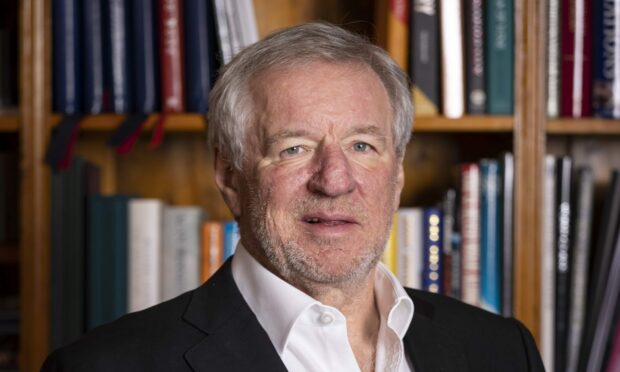
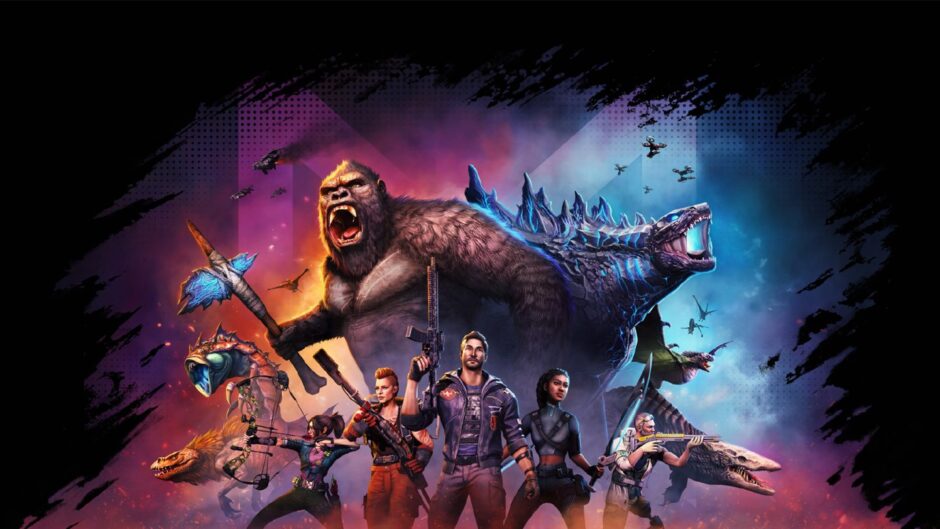
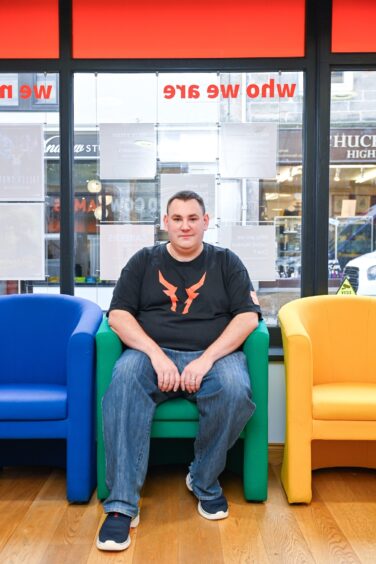
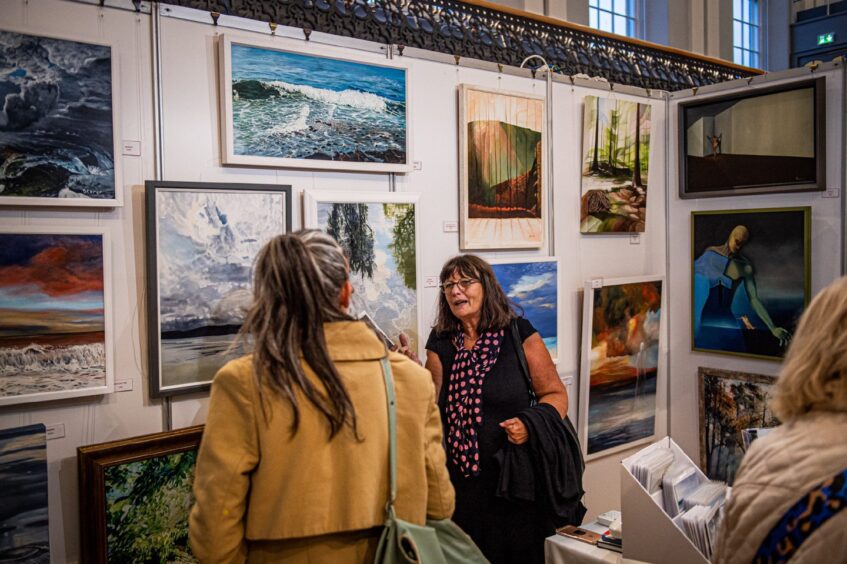
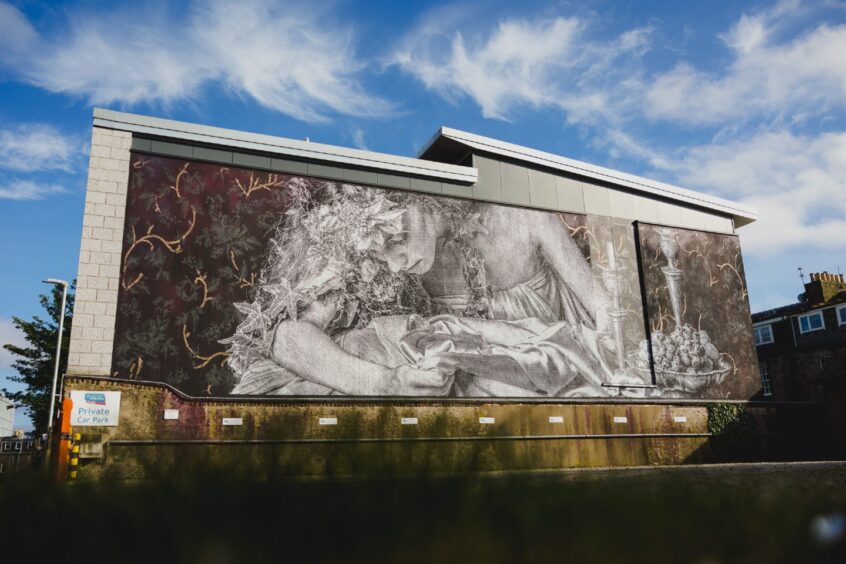
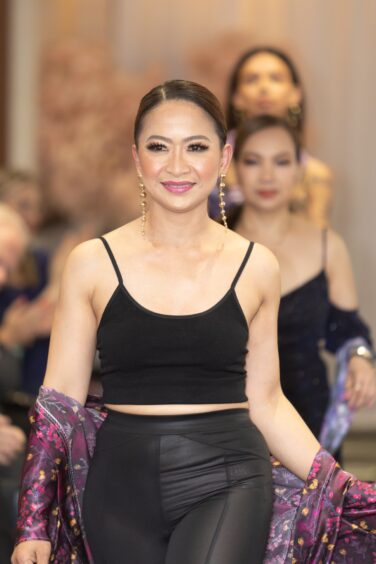
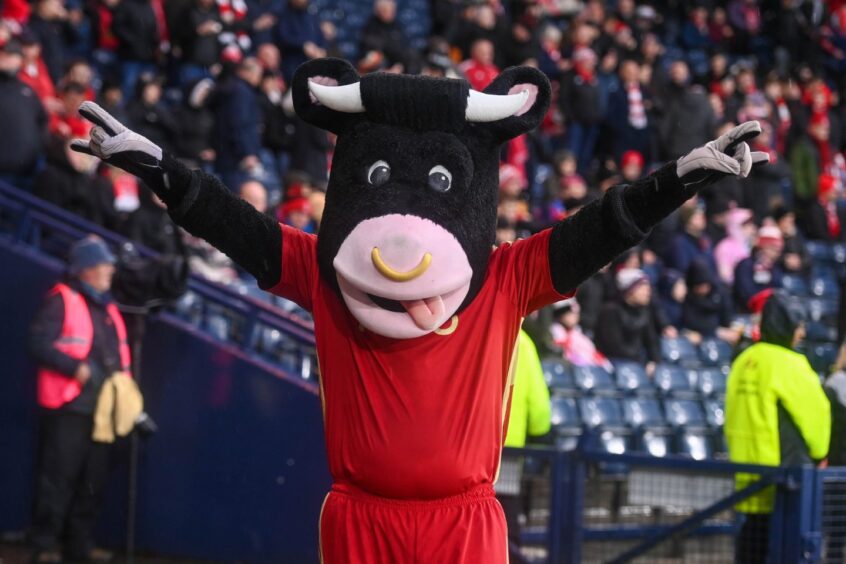
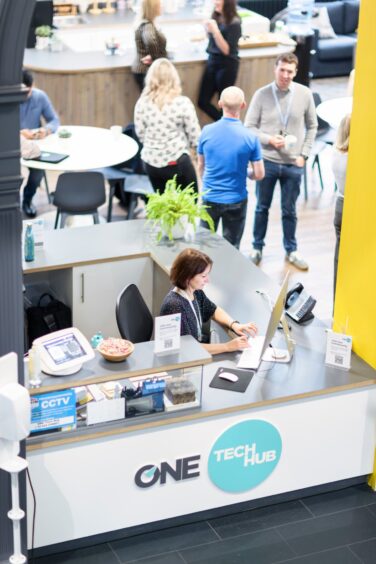
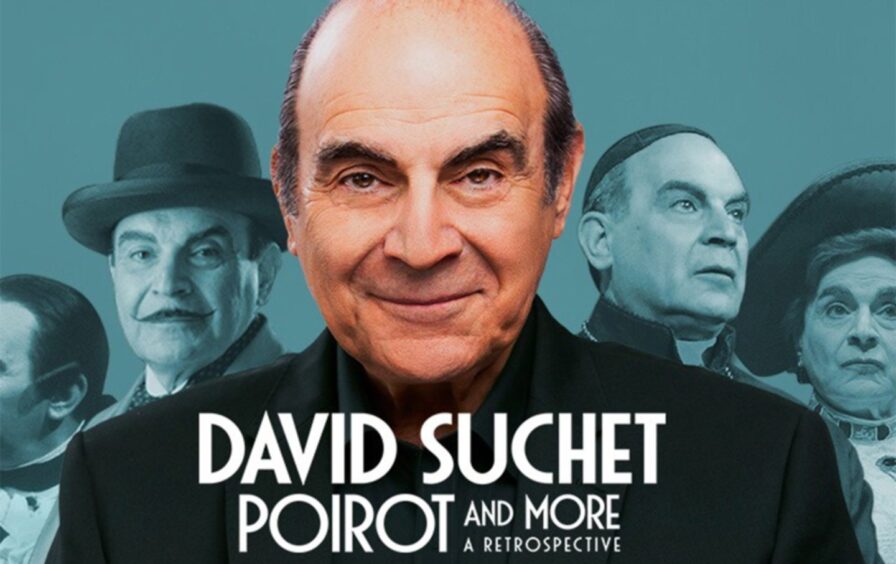
Conversation